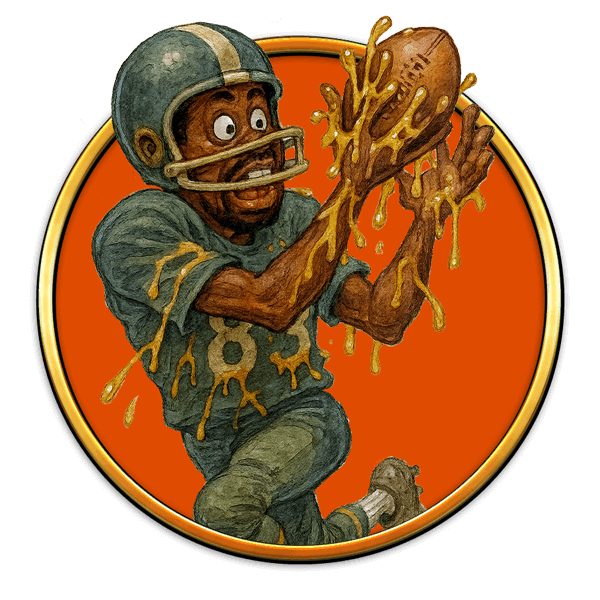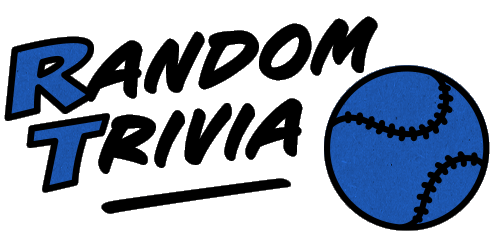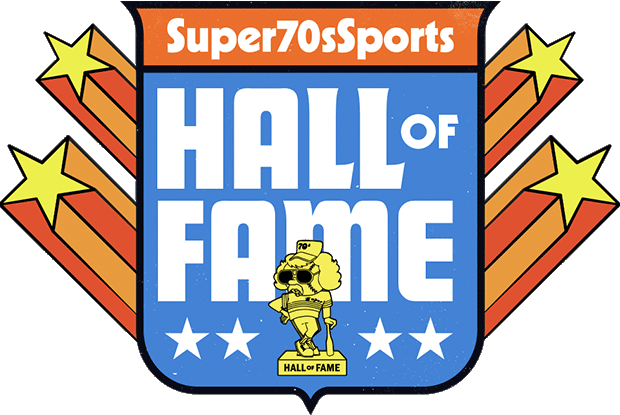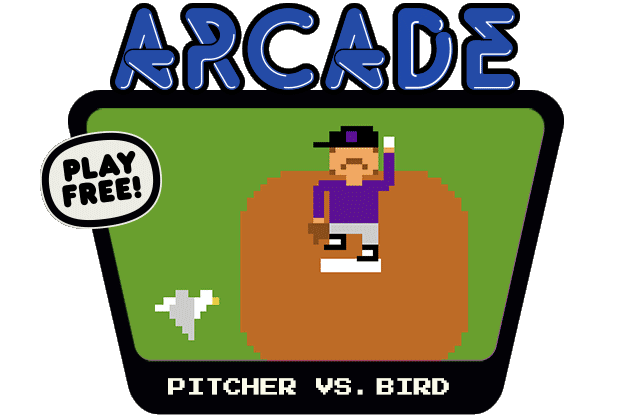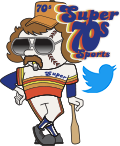If you ever wondered how a wide receiver in the 1970s could snag a pass while falling backwards through a snowstorm with three defenders stapled to his back, the answer was simple: adhesive cheating.
Stickum wasn’t just a product—it was a lifestyle choice. This goopy, gummy, glue-from-another-dimension substance was slathered on hands, arms, jerseys, forearms, and probably a few small pets. The goal? Make your hands as sticky as humanly—and legally questionable—possible.
Fred Biletnikoff made it famous. Lester Hayes turned it into an art form, coating himself in so much of the stuff he looked like he’d been pulled from a vat of pine tar during a science experiment gone wrong. Opposing players would walk away covered in gunk just from tackling him. The football? It left his hands reluctantly, like it was being evicted.
The NFL technically allowed it—kind of. For a while, there were vague guidelines that were enforced with all the rigor of a backyard barbecue. But then it got out of hand. Literally. Players would catch passes one-handed without even looking. The ball would thud onto their palms and just stay there, like it was magnetized.
Eventually, the league said enough was enough. In 1981, they banned Stickum and its many suspicious cousins. Players had to return to relying on gloves, talent, and whatever they could get away with on their wristbands.
Still, there’s a special place in NFL lore for that golden age of goo.
It was messy. It was glorious. And for one shining era, everything was a catchable ball—whether it wanted to be or not.



